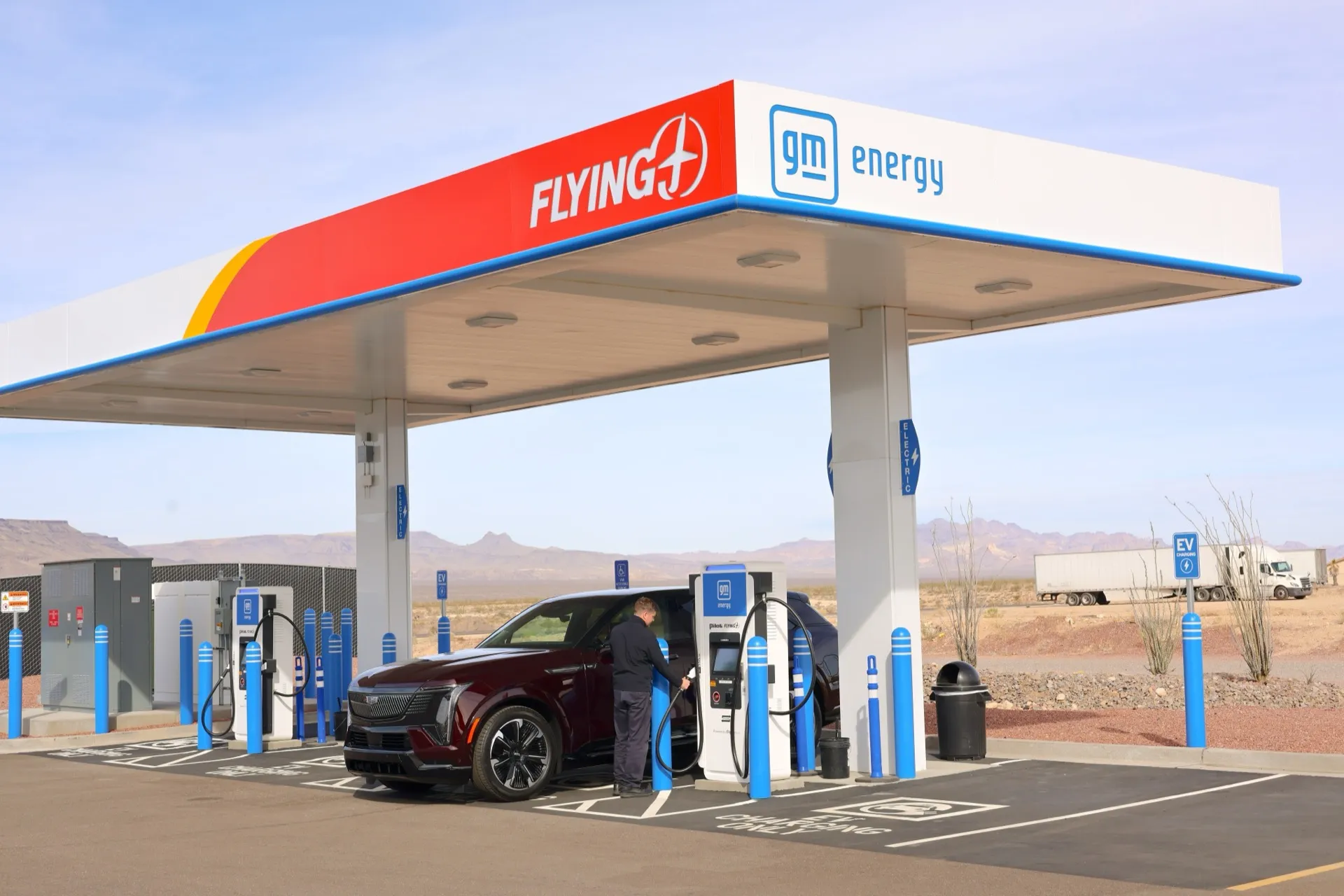Key Takeaways
- GM, in partnership with Pilot and EVgo, has established over 130 fast-charging locations across 25 states.
- The Ionna network aims for 30,000 fast-chargers by 2030, positioning itself as a competitor to Tesla’s Supercharger network.
- Future plans include urban charging sites and expansion with ChargePoint to enhance charging infrastructure.
GM and EVgo Charge Forward with Fast-Charging Stations
General Motors (GM) continues to strengthen its electric vehicle (EV) infrastructure alongside partnerships with Pilot Company and EVgo. The latest update reveals that they have installed over 130 fast-charging stations across more than 25 states, making significant strides in supporting EV users and road-trippers.
The collaboration initially announced in 2022 aims to create a comprehensive network of fast-charging stalls at travel centers. The goal is to reach 2,000 EV fast-charging stations within 500 locations, where travelers can also benefit from amenities such as lounges, free Wi-Fi, food options, and modern facilities. This GM-Pilot network includes CCS connectors capable of charging up to 350 kW, with key corridors established along I-75 from Michigan to Georgia.
GM is also heavily invested in the Ionna network, launched in 2023 with backing from major automotive brands, including BMW, Honda, and Hyundai. This ambitious initiative aims to install 30,000 fast-chargers by 2030, rivaling Tesla’s well-established Supercharger network. The Ionna hardware allows for charging speeds of up to 400 kW for a single vehicle or split charging of 200 kW for two vehicles, simplifying the charging process with its plug-and-charge capability.
Additionally, the collaboration between GM and EVgo encompasses a broader strategy to develop urban charging stations. By 2025, they plan to introduce “flagship” EV charging sites in major U.S. metro areas, featuring 350 kW connectors. GM is also working with ChargePoint to deploy 500 DC fast-chargers, utilizing advanced technology that accommodates both CCS and NACS standards, all co-branded with GM Energy.
Despite the ambitious plans, a recent Consumer Reports survey indicated that users of third-party networks, including EVgo, often encounter issues at rates more than ten times higher than those using Tesla’s Supercharger network. Nonetheless, the involvement of major automotive manufacturers like GM is expected to enhance the reliability of these charging systems over time.
Overall, GM’s proactive approach and strategic partnerships aim to significantly increase the availability and efficiency of electric vehicle charging infrastructure, catering to the growing demand for EVs in the market. Such advancements mark a crucial step toward a more accessible and efficient EV ecosystem in the United States.
The content above is a summary. For more details, see the source article.















